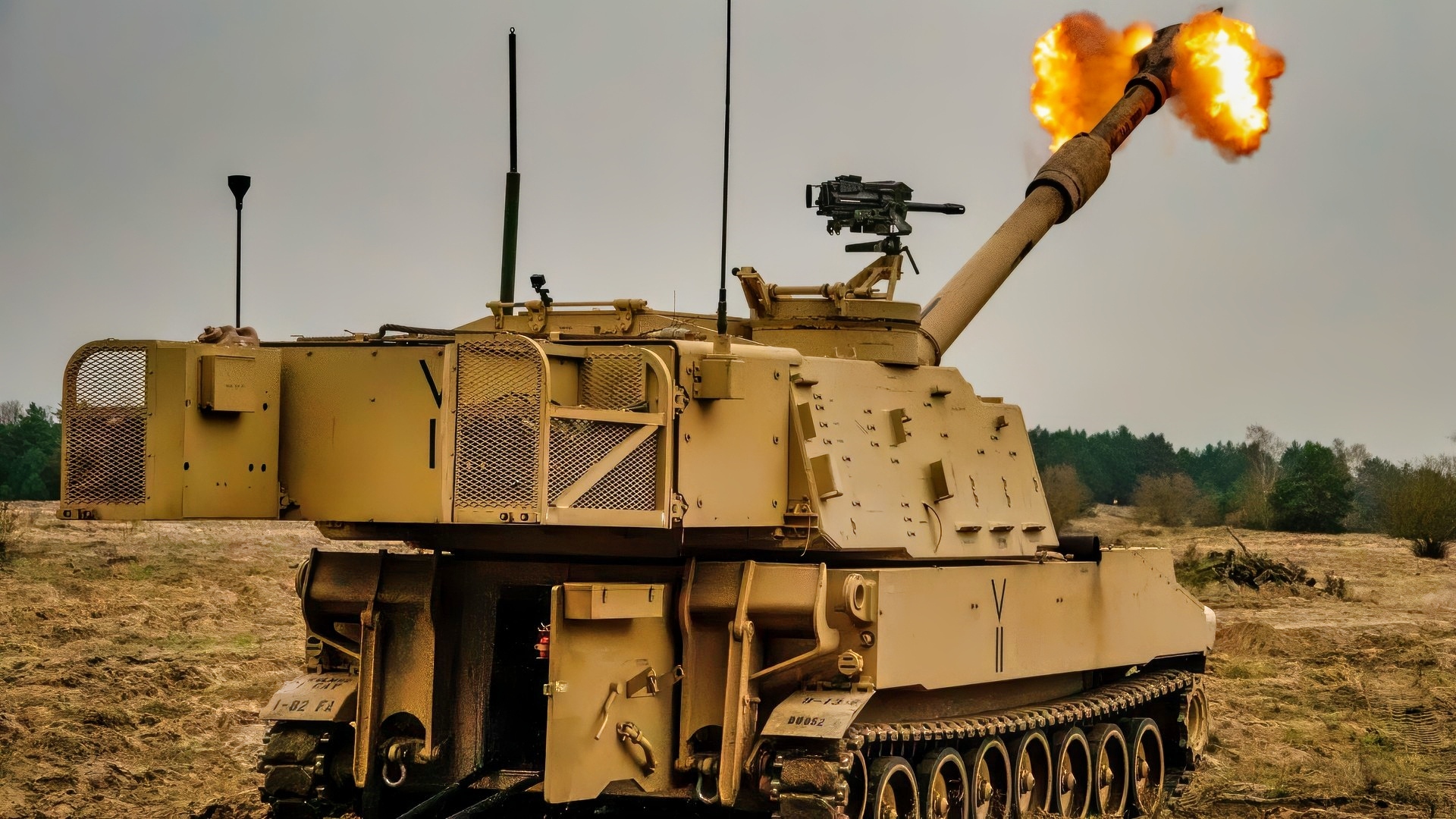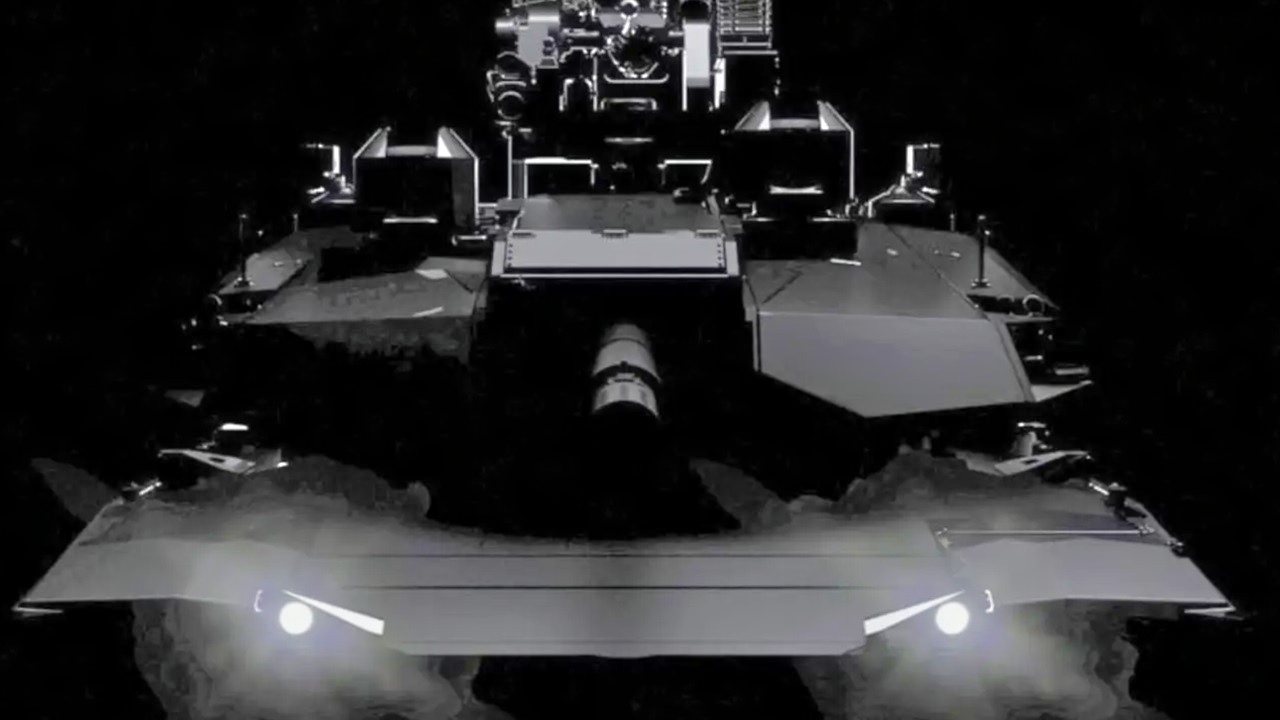Key Points and Summary – The U.S. Army is undergoing a “radical retooling” based on a directive from SECDEF Pete Hegseth to prepare for peer conflict.
-This transformation aims to fix a “cumbersome” acquisition process and “divest” (retire) “obsolete” legacy platforms like the Gray Eagle UAV and HMMWVs.

U.S. Army Spc. Harry Santiago IV, assigned to the Multi-Functional Reconnaissance Company, 2nd Brigade Combat Team, 101st Airborne Division (Air Assault), launches a Skydio X2D drone on Mihail Kogalniceanu Air Base, Romania, July 09, 2025. V Corps provides essential support to multinational training and exercises of robust and evolving complexity, scope, scale, rigor, and operational conditions and provides targeted security force assistance alongside national and multinational corps and divisions. (U.S. Army photo by Spc. Breanna Bradford)
-Key new priorities include long-range precision fires, the M1E3 tank, and counter-drone tech.
-The plan also includes converting 25 Infantry Brigades into Mobile Brigades, leveraging drones that have proven (in training) to make artillery “300% more lethal” while using 50% fewer rounds.
The U.S. Army’s Transformation and Acquisition Reform
Earlier this spring, Pete Hegseth, currently serving as the Secretary of Defense, sent a memorandum to Army leadership outlining a transformation strategy for the Army.
That document, titled Army Transformation and Acquisition Reform, aims to rebuild the Army to deter conflict successfully — with particular focus on the Indo-Pacific — and to improve the service’s overall lethality, reducing wasteful programs and speeding up the Army’s acquisition process.
Hegseth’s directive dovetails with the Army Transformation Initiative, which serves as the Army’s roadmap for implementing the Secretary of Defense’s directive.
Arguably, one of the most significant elements of the Army’s transformation would be the remaking of its acquisition pipeline, a move to speed the adoption of new technologies and reduce bureaucracy.
The overarching objective is to inject a measure of urgency into the Army’s acquisition process, which is considered too cumbersome, too large, and attuned to yesterday’s threats rather than the challenges presented by modern warfare.
In particular, rapid prototyping, the integration of unmanned systems, and the embrace of multi-domain operations are seen as key to deterrence and future war-fighting capabilities.
The Army plans on divesting a number of systems and equipment that are no longer relevant to today’s threat picture. This includes the Gray Eagle UAV, High Mobility Multi-Wheeled Vehicle, and reducing the number of JLTVs in the Army, among other platforms.

An M109 Paladin, assigned to 1st Battalion, 82nd Field Artillery Regiment, fires a round of high-explosive artillery during Dynamic Front on Forward Operating Site Torun, Poland, Nov. 19, 2024. Dynamic Front takes place from Nov. 4-24 in Finland, Estonia, Germany, Poland, and Romania, and demonstrates NATO’s ability to share fire missions, target information, and operational graphics from the Arctic to the Black Sea. It increases the lethality of the Alliance through long-range fires, builds unit readiness in a complex joint, multi-national environment, and leverages host nation capabilities to increase USAREUR-AF’s operational reach. Dynamic Front includes more than 1,800 U.S. and 3,700 multi-national service members from 28 Allied and partner nations. (U.S. Army photo by Spc. Julian Winston)
The Army’s transformation places a premium on reducing waste and redundancies, in particular of older and outdated or inefficient programs, and reshaping force structure to priorities of a strategic nature, like long-range precision fires, air and missile defense, and electronic warfare.
But on the tactical level, the Army is also undergoing great change. One example, the Army’s “Transforming in Contact” initiative, will see 25 Infantry Brigade Combat Teams transformed into Mobile Brigade Combat Teams.
The program’s objective for the brigades is to add organic reconnaissance and strike capabilities at lower levels, down to the tactical level.
Drones and loitering munitions will play a role in the desired strike abilities. As one Army Colonel noted, “90% of fire missions during one training rotation at the Joint Multinational Readiness Center were viewed through drones. Users fired 50% fewer artillery rounds but were 300% more lethal due to the accuracy that using the platforms provided.”
But so too will the Infantry Squad Vehicle, an unarmored, highly mobile vehicle that brings a high degree of mobility for soldiers who typically operate dismounted. Though the ISV is a mode of transport rather than a fighting vehicle, its small footprint allows it to be paired with helicopters for rapid in-and-out deliveries.
As the Secretary of the Army wrote, the Army will introduce “long-range missiles and modernized UAS into formations, field the M1E3 tank, develop the Future Long-Range Assault Aircraft, and close the C-sUAS capability gap.” It is a tall order, but one that appears to enjoy strong support from the Pentagon’s senior leadership.
Secretary Hegseth’s directive is very broad. It includes current buzzy terms like AI-driven command, 3D printing, and unmanned systems.
But it also includes some common-sense and decidedly more familiar instructions, specifically mentioning prepositioned stocks and a forward presence in the Indo-Pacific — a strategy adopted by the United States Marine Corps, too.
Opportunities — But Challenges Too
Far-reaching though the Army’s plan to transform is, there are significant obstacles to remaking the Army. One of the biggest challenges could prove to be Congress itself.
Decisions about Army force structure and the makeup of Army equipment and acquisitions will require Congressional authorization, often an area of friction in the relationship between lawmakers and the military.
As the ongoing war in Ukraine has clearly demonstrated, a robust defense industrial base will be necessary to prevent wartime ammunition expenditure from outstripping supply. In essence, production will have to meet and exceed demand, irrespective of how high demand is.

Lancet Drone from Russia. Image Credit: Creative Commons.
Expanding the defense industrial base beyond legacy contractors will be an important component of building resiliency.
The reshuffling of the Army — merging commands, shifting priorities in new directions — will affect the force and raise legitimate questions about preserving institutional knowledge and morale.
Lastly, many of the goals outlined by Secretary Hegseth, and echoed by the Secretary of the Army, are very ambitious with looming implementation deadlines. Achieving those deadlines will be difficult and is not without risk in execution and implementation.
About the Author: Caleb Larson
Caleb Larson is an American multiformat journalist based in Berlin, Germany. His work covers the intersection of conflict and society, focusing on American foreign policy and European security. He has reported from Germany, Russia, and the United States. Most recently, he covered the war in Ukraine, reporting extensively on the war’s shifting battle lines from Donbas and writing on the war’s civilian and humanitarian toll. Previously, he worked as a Defense Reporter for POLITICO Europe. You can follow his latest work on X.
More Military
China Might Have a Way to ‘Swarm’ U.S. Navy Aircraft Carriers
India Leases Russia’s ‘Stealth’ Nuclear Attack Submarines
The Mach 3 SR-71 Blackbird Deserves A Better Fate Than This
The F-14 Tomcat Fighter Was ‘Notoriously Difficult and Costly to Keep Operational’










